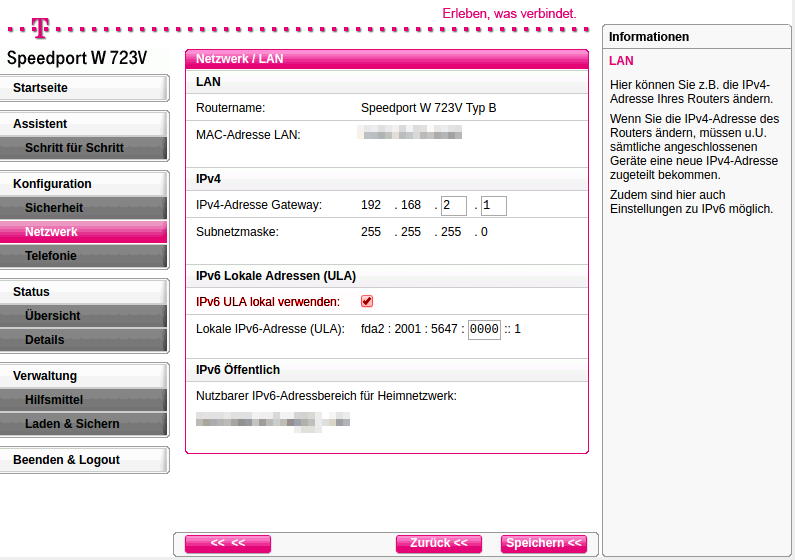Many users have reported that frequently changing IPv6 addresses cause page load to be slow or even prevent from working at all. The issues can be fixed by updating the IPv6 address in /etc/pihole/setupVars.conf followed by a run of pihole -g.
However, this solution turns out to be very inconvenient since it might be necessary to change the IPv6 address on a regular basis (maybe even multiple times a day). An alternative approach we are currently looking into is the usage of ULA addresses which should not be changing, even though the upstream GUA address may change.
Usually, there exists a setting in the router for enabling ULA addresses in the local network. Examples of how the corresponding settings look like on some routers are posted in this thread. As before, copy the address and replace it in your /etc/pihole/setupVars.conf
Hint: The following code snipet might come in handy
IPV6_ADDRESS=$(ip -6 a | grep '\<fc\|\<fd' | awk -F " " '{gsub("/[0-9]*",""); print $2}')
echo ${IPV6_ADDRESS}
sed -i.setupVars.bak "/IPV6_ADDRESS/d;" "/etc/pihole/setupVars.conf"
echo "IPV6_ADDRESS=${IPV6_ADDRESS}" >> "/etc/pihole/setupVars.conf"
pihole -g

